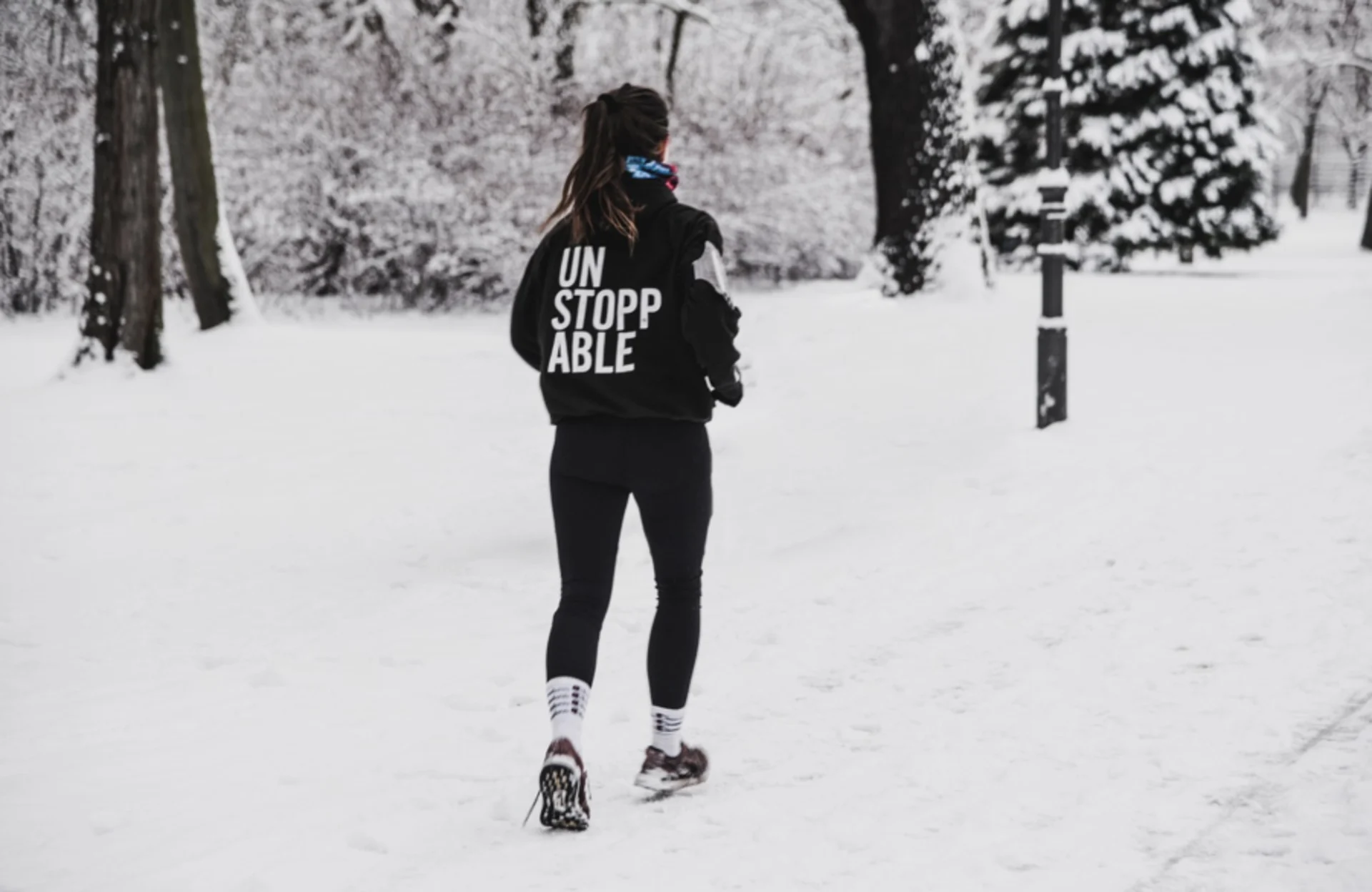
The physical and mental benefits of working out in the cold
Canada’s temperatures are beginning to tumble, but that shouldn’t get in the way of your workout routine. Working out in the cold has some proven mental and physical benefits.
As temperatures begin to dip, your outdoor workout routine could provide more health benefits than you realize.
First, your body doesn’t run the risk of overheating, which can help with your endurance.
“In the cooler, cold weather, we don’t have to sweat as much and our body doesn’t have to work as hard to cool ourselves down,” explains nutrition coach Kyle Byron. “That saved energy can go into sports performance.”
In addition to improving your fitness levels, working out in colder weather also primes your immune system, which can be beneficial as we enter into cold and flu season.
“Exercising is very good at improving our immunity and protecting us from getting illnesses, especially in the wintertime,” says Dr. Sabeen Khalid, a general practitioner based in Ontario.
A good workout not only improves your physical well-being but has proven benefits to your mental health as well.
According to the Canadian Mental Health Association, about 2 to 3 per cent of Canadians will experience seasonal affective disorder (SAD) in their lifetime. Another 15 per cent will experience a milder form of SAD that leaves them only slightly depressed, but still able to live their life without major disruptions. A vigorous workout can help release those feel-good hormones and boost your mood on the days you need it most.
RELATED: How to distinguish between COVID and the common cold
Listen to your body
While working out is a great way to boost your mental and physical health, it’s important to keep safety in mind especially as temperatures begin to dip well-below freezing levels.
“Through my research, the threshold of -15 C is something individuals and habitually active Canadians should pay attention to,” says Michael Kennedy, Associate Professor at the University of Alberta who specializes in Kinesiology and Recreation.
The reason for this is respiratory distress. Kennedy and his team conducted a study that tested athletes running on a treadmill in the following temperatures: 0, -5, -10, -15 and -20 C (40 per cent humidity). The study found that more than half of the participants started to experience respiratory stress at -15 C.
DON'T MISS: Can your joints predict when a storm is coming?
Some of the health issues people may face when exercising in the cold include: tightness in the lungs, cough, shortness of breath and a wheeze.
When working out in extreme cold, one of the most widely agreed on suggestions is to tone down the intensity.
“When the temperature takes a dive, so should the intensity of your workout,” says Kennedy.
Additionally, wearing something over your face like a high quality microfibre buff is also recommended. This can help warm the air you breath and prevent drying.
Kennedy also adds, “although it sounds counterintuitive, going inside immediately after a cold weather workout causes more stress on the lung because the already-stressed airways have to work harder to humidify the air at a warmer temperature. Take an easy warm down for five to 10 minutes until your breathing returns to resting levels before you head indoors. You will certainly cough less, and your lungs won't feel like they are burning as much."
And if you are concerned about your breathing in the cold perhaps it's time to find an alternative indoors.
You can find more information about the effectiveness of outdoor winter workouts in the video that leads this article.
This article contains files from Kabir Bageria and Rachel Schoutsen.










